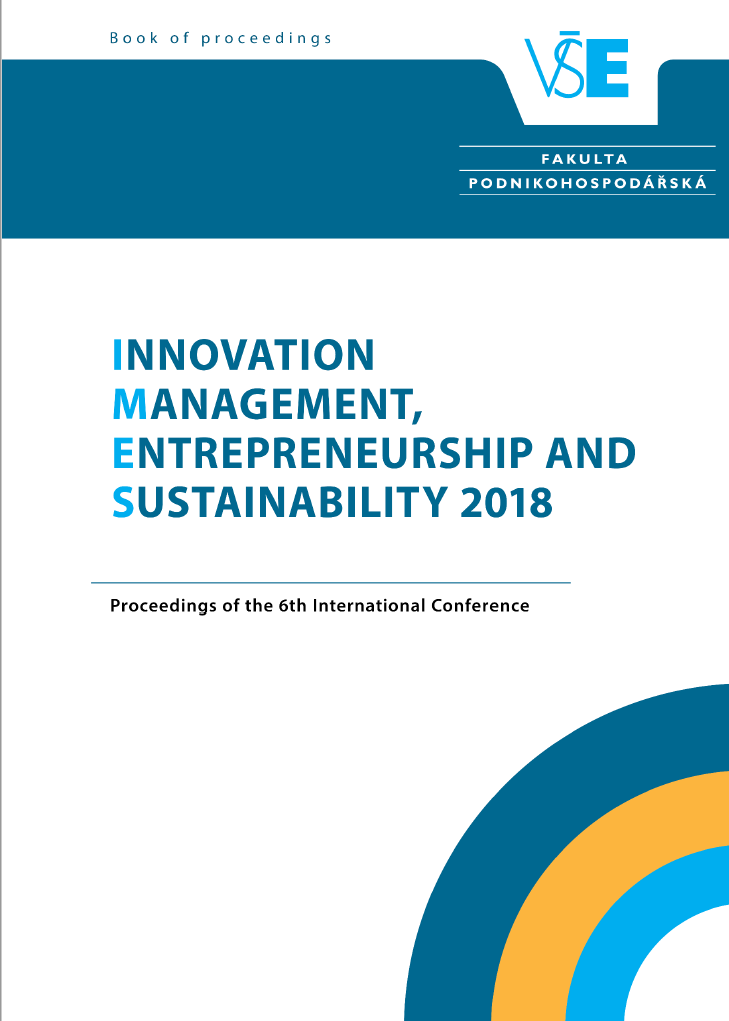Does Environmental Cost Affect Japanese Firms’ Performance
Does Environmental Cost Affect Japanese Firms’ Performance
Author(s): Nila Nuzula
Subject(s): Social Sciences, Economy
Published by: Vysoká škola ekonomická v Praze
Keywords: Environmental cost; Japan; Environmental Accounting Guidelines; profitability; firm value
Summary/Abstract: Purpose:This article aims to examine the effect of environmental cost to financial performances, measured by profitability and firm value in Japanese chemical industry during 2012-2015. Examining about this matter in Japan case is suitable since the government has settled guidelines that assist the companies to record and report their activities in environmental preservation. This study focuses on chemical industry in Japan because the industry has been potential to create hazardous wastes along with its daily businesses. In Japan, the companies are involved in Japan Chemical Industry Association (JCIA) that initiates international environmental programs called Responsible Care. Design/methodology/approach:This study uses 27 chemical companies listing in Japan Exchange Group (JPX) first section during 2013-2015 periods or 81 company-year. Environmental data is taken from the websites of eachcompany. Independent variable of this study is environmental cost, measured by the amount of environmental costs spent by the companies as stated in their annual sustainability reports. There are five dependent variables, i.e. Return on Asset (ROA), Return on Equity (ROE), Net Profit Margin (NPM), Price to Earnings Ratio (PER), and Tobin’s Q. The author then runs five times regression analysis to examine whether environmental costs affect five dependent variables.
Findings: The results show that: 1) environmental cost is negatively affecting ROA; 2) environmental cost has no effect on ROE; 3) environmental cost is negatively affecting NPM; 4) environmental cost has no effect on PER; 5) environmental cost is influencing Tobin’s Q negatively.
Research/practical implications:This study helps to determine whether the company could take benefit from financing environmental activities. Managers should acknowledge that if the companies spend greater costs on environmental programs, it might deteriorate the profitability measured by ROA and NPM. The costs could decline Tobin’s Q, the proxy for firm value, as well.
Originality/value: Theresults allow readers to grasp that environmental financing affects profitability measured by ROA and NPM, instead of ROE. This study fills the gap of profitability and firm value indicators which are significantly affected by firms’ strategies on environmental programs.
Book: Innovation Management, Entrepreneurship and Sustainability (IMES 2018)
- Page Range: 821-830
- Page Count: 10
- Publication Year: 2018
- Language: English
- Content File-PDF

